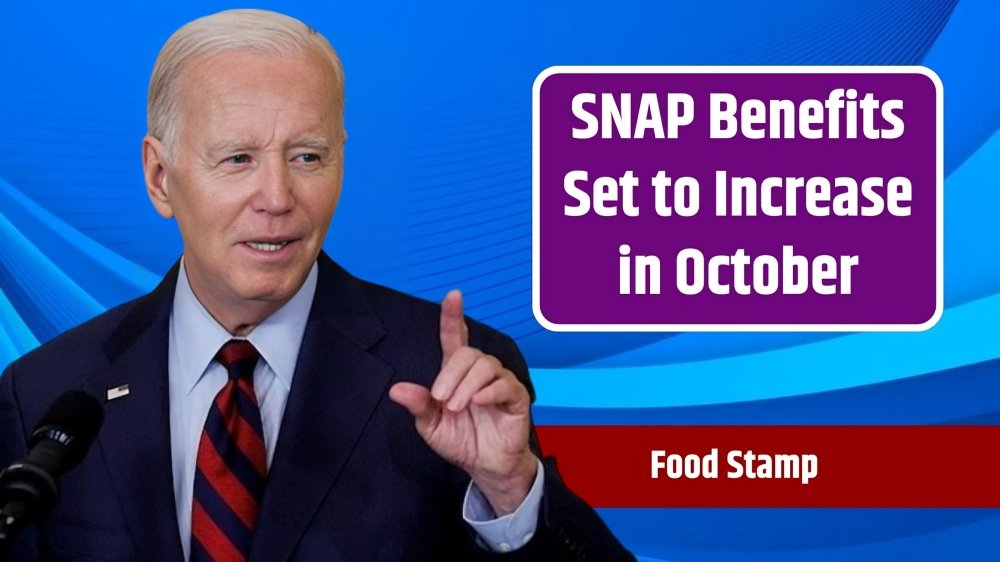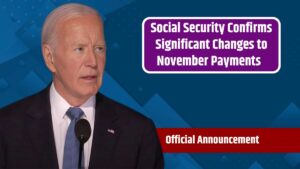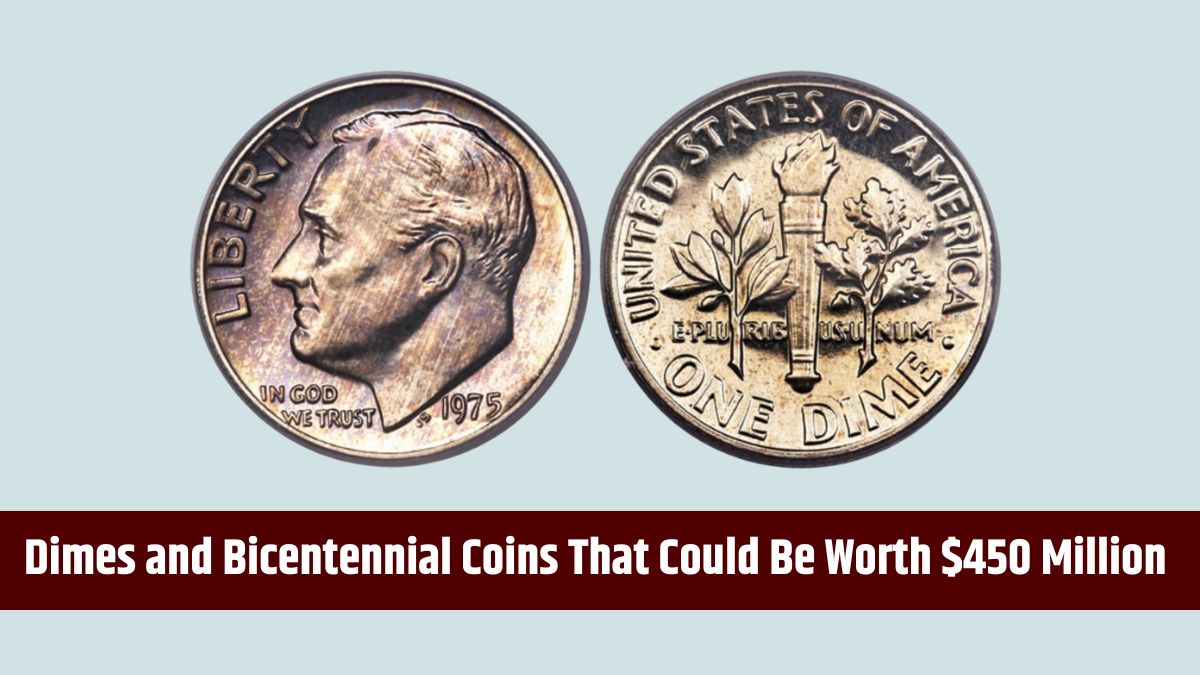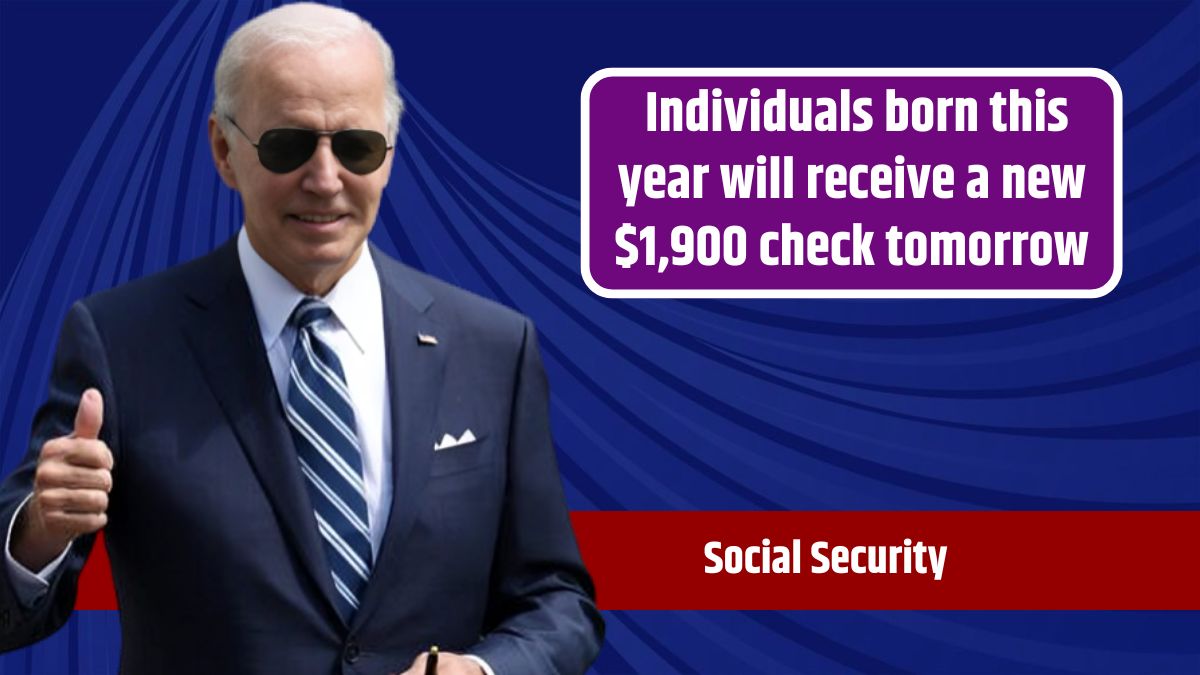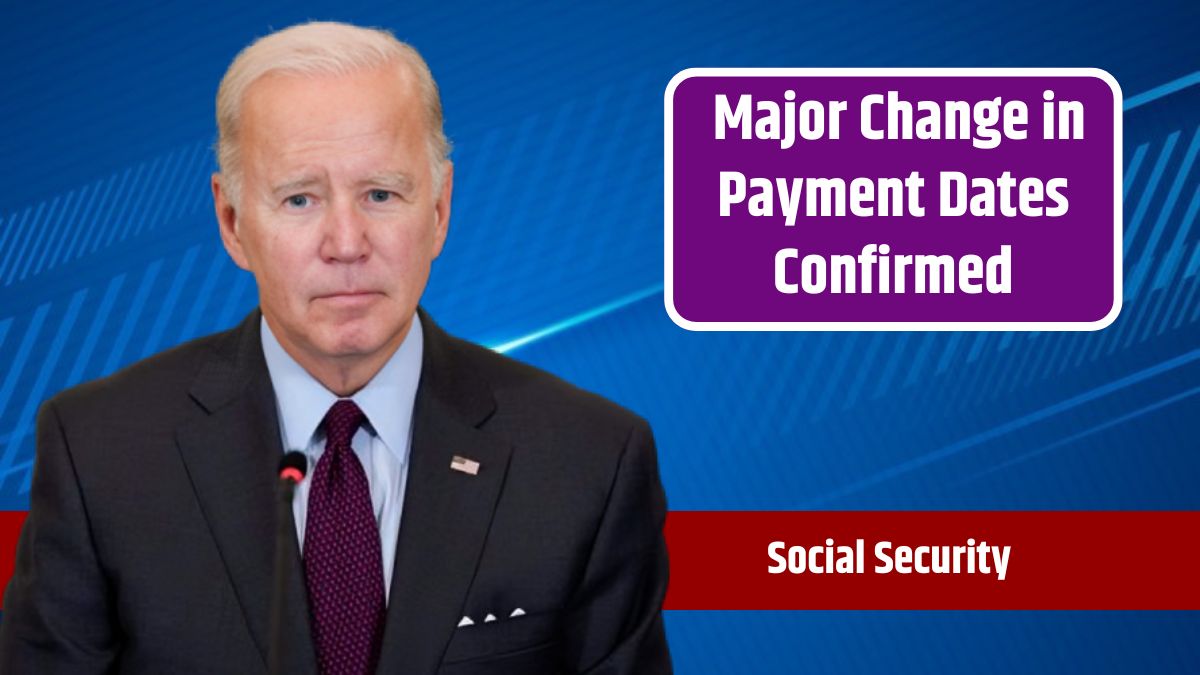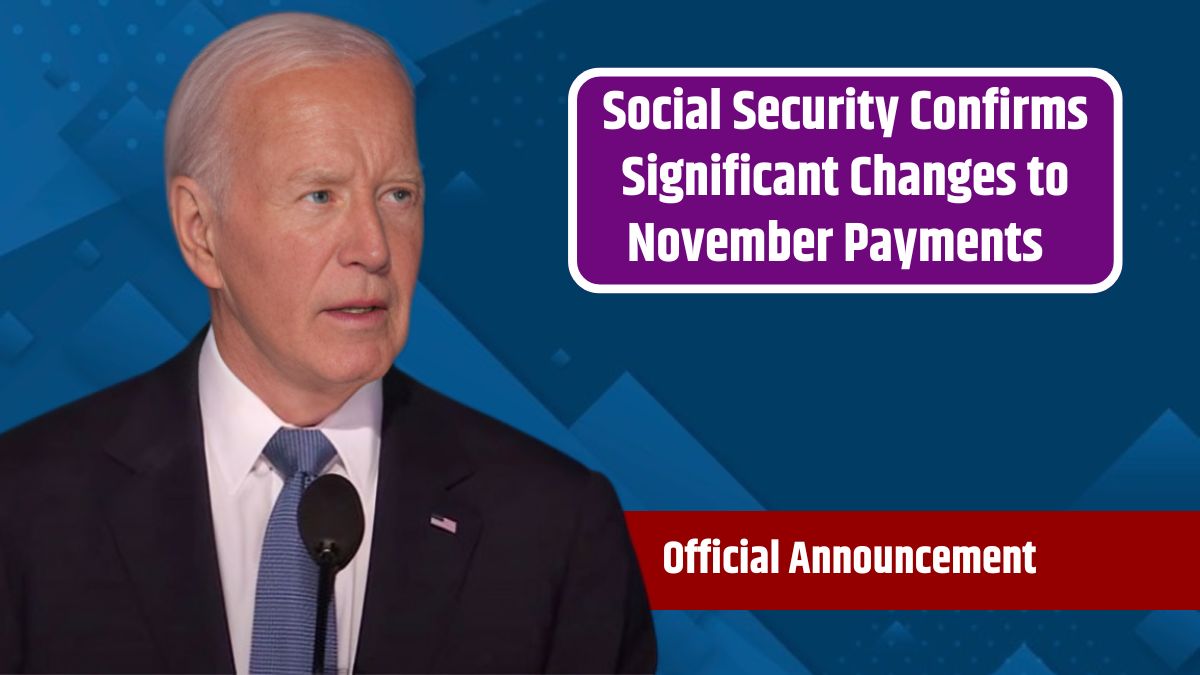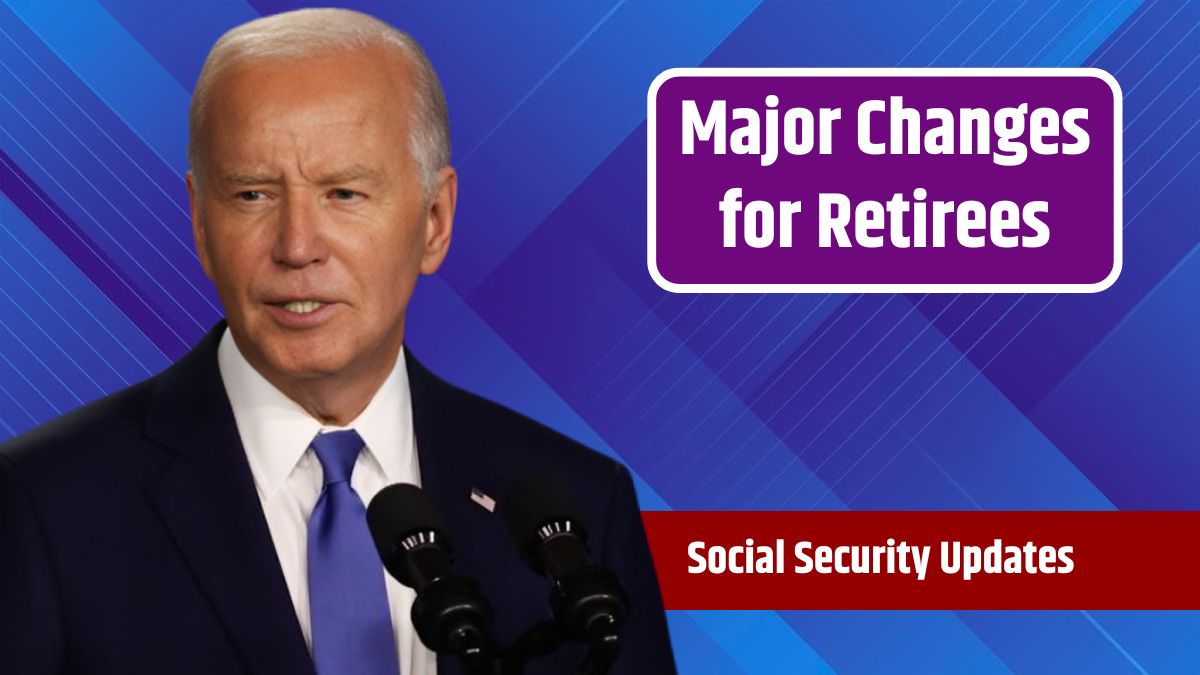The U.S. Food and Nutrition Service (FNS) has announced new maximum payment amounts for recipients of Supplemental Nutrition Assistance Program (SNAP) benefits. Starting in October, the maximum SNAP benefits will increase across 49 states and U.S. territories, with one exception where the benefits will decrease. These updated rates will be in effect for the entire 2025 fiscal year, lasting until the next Cost of Living Adjustment (COLA) is determined for the 2026 fiscal year.
Overview
SNAP is a crucial federal program that provides monthly financial assistance to low-income households across the U.S., including all 50 states, Washington D.C., and U.S. territories. The benefits are distributed via electronic benefit transfer (EBT) cards, which can be used at authorized retailers to purchase food. Currently, about 36% of households receiving SNAP benefits get the maximum allotment, a figure influenced by inflation and the rising costs of food.
Location-Based Changes
For the contiguous 48 states and Washington D.C., the new maximum monthly benefit for a single-person household will rise slightly from $291 to $292. A four-person household will see a modest increase from $973 to $975 per month. While these increases may seem small, they can still provide meaningful assistance, especially when combined with other support programs.
Alaska
In Alaska, the maximum SNAP benefits are determined differently, based on whether recipients live in urban or rural areas due to the state’s unique geography and population distribution:
- Urban Areas:
- Single-person household: $377 per month
- Four-person household: $1,258 per month
- Rural 1 Areas:
- Single-person household: $481 per month
- Four-person household: $1,604 per month
- Rural 2 Areas:
- Single-person household: $586 per month
- Four-person household: $1,953 per month
These variations reflect the higher cost of living and food prices in Alaska’s rural regions.
Hawaii
Hawaii will experience a decrease in maximum SNAP benefits. A single-person household will see a reduction from $527 to $517, while a four-person household will have their benefits reduced from $1,759 to $1,723, marking a decrease of $36.
Guam
Guam will see a slight increase in benefits. A single-person household’s maximum allotment will rise from $430 to $431, while a four-person household will see an increase from $1,434 to $1,437.
U.S. Virgin Islands
In the U.S. Virgin Islands, benefits will also see a small increase. A single-person household will have their maximum benefits rise from $375 to $376, while a four-person household will see an increase from $1,251 to $1,254.
Eligibility
Eligibility for SNAP benefits is determined by applying within the state of residence and meeting specific criteria, including resource and income limits. These criteria are outlined by the U.S. Department of Agriculture (USDA) and vary slightly depending on state-specific rules and regulations.
Purpose
These adjustments are part of the federal government’s ongoing efforts to address food insecurity and ensure low-income households have access to adequate nutrition. As living costs change, these annual adjustments help align SNAP benefits with current economic conditions, although their impact may vary depending on individual circumstances and geographic location.
By keeping SNAP benefits aligned with the cost of living, the government aims to provide consistent support to those who need it most. However, even with these updates, the effectiveness of SNAP benefits can differ based on personal situations and regional cost variations.
FAQs
When do the new SNAP benefits take effect?
The updated benefits will be effective from October 1, 2025.
What are the new maximum benefits for single-person households?
$292 for the contiguous 48 states and Washington D.C.; varies by location.
Why is Hawaii seeing a decrease in SNAP benefits?
The decrease is due to adjustments based on local cost of living and COLA.
How are SNAP benefits determined in Alaska?
Based on whether recipients live in urban or rural areas, reflecting cost differences.
Who determines SNAP eligibility criteria?
The U.S. Department of Agriculture (USDA), with state-specific rules and regulations.
